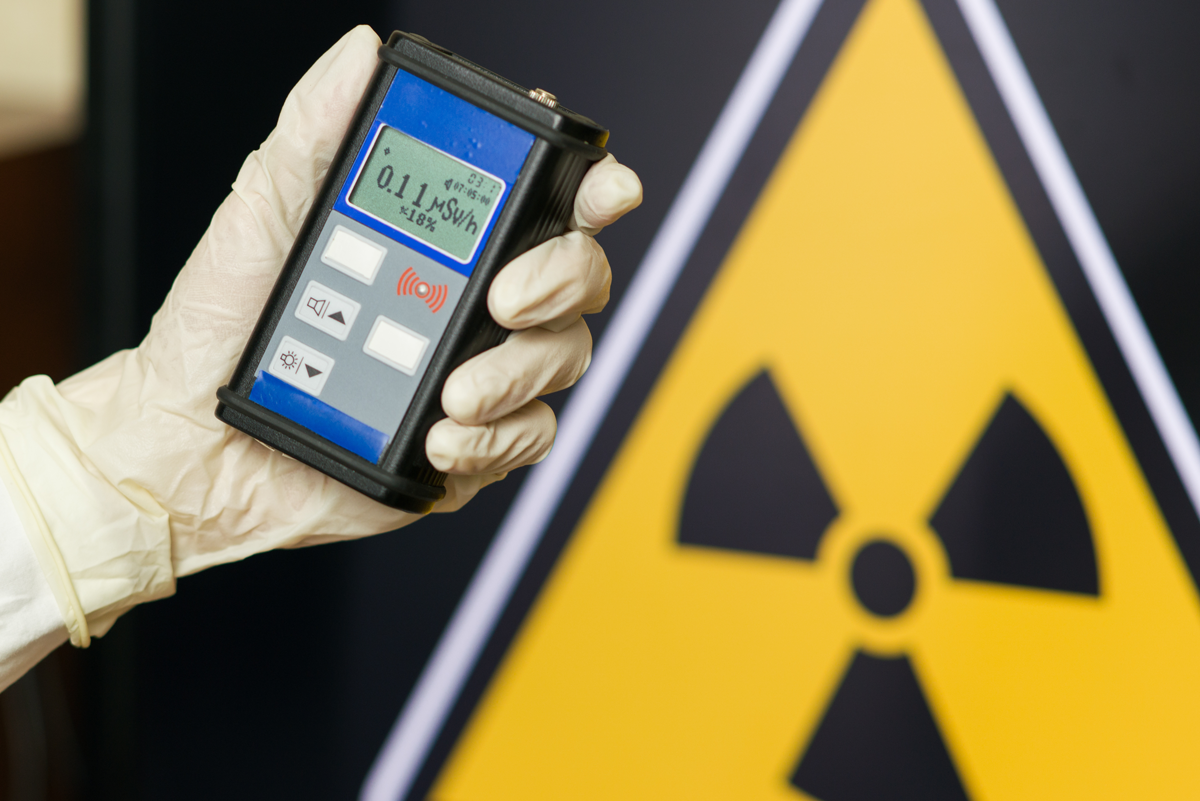On February 7, the Occupational Safety and Health Administration (OSHA) issued a reminder to employers to protect employees from workplace carbon monoxide (CO) risks, particularly those associated with wintertime use of portable generators and heating equipment inside enclosed spaces. That reminder includes links to OSHA’s “Carbon Monoxide Fact Sheet,” which outlines hazards and appropriate employer responses. The rest of this note discusses OSHA’s explanation of these risks and how to manage them.
Audit, Compliance and Risk Blog
Tags: Employer Best Practices, OSHA, Employment, Carbon Dioxide
The federal Occupational Safety and Health Administration (OSHA) provides additional non-regulatory guidance for the evaluation and reduction of workplace hazards that aren’t directly regulated by its standards. For example, OSHA provides a resource webpage on Seasonal Flu, which it recently updated with provide additional guidance and links to other health agencies’ resource pages.
Read More
Tags: Health & Safety, OSHA, Healthcare
The federal Occupational Safety and Health Administration (OSHA) is best known for its regulatory standards, but also provides additional non-regulatory guidance for the evaluation and reduction of workplace hazards that aren’t directly regulated. As an example, OSHA provides a resource webpage on Workplace Stress, which it has recently emphasized in its outreach efforts.The rest of this note summarizes OSHA’s information.
Read MoreTags: OSHA, Mental Health, Workplace Stress
OSHA revises log-in and account requirements for electronic Injury and Illness reporting
Posted by Jon Elliott on Mon, Nov 07, 2022
The Occupational Safety and Health Administration (OSHA) requires most employers with 10 or more employees at any “establishment” to prepare and maintain records of occupational injuries and illnesses (I&I) as they occur (I&I Logs). OSHA also requires employers to post an annual I&I Summary in each workplace “establishment” by February 1, summarizing I&Is in that workplace during the previous calendar year. OSHA also requires some employers to submit some of their I&I information electronically to the agency for review and compilation. (I wrote about revisions proposed in March 2022 HERE). In October, OSHA revised electronic procedures for its Injury Tracking Application (API), which subject employers must be ready to use for electronic reporting of 2022 information no later than March 2, 2023.
Read MoreTags: Health & Safety, OSHA, API, electronic I&I
EPA proposes to expand regulation of two perfluoro “forever chemicals”
Posted by Jon Elliott on Tue, Oct 11, 2022
The Environmental Protection Agency (EPA) is issuing a proposal to list two perfluoro chemicals -- Perfluorooctanoic Acid (PFOA) and Perfluorooctanesulfonic Acid (PFOS) as hazardous substances under the federal Superfund law (Comprehensive Environmental Response, Compensation, and Liability Act (CERCLA)). This proposal is the latest in a string of regulatory actions by EPA to tighten controls on per- and poly-fluoroalkyl substances (PFAs); the initiatives are covered under the agency’s “PFAS Strategic Roadmap: EPA’s Commitments to Action 2021—2024,” promulgated in October 2021. The remaninder of this note describes the latest action, and summarizes the Strategic Roadmap.
Read MoreTags: Health & Safety, OSHA, Safety and Health at Work, chemical safety, PFAS
OSHA revises and expands its Severe Violator Enforcement Program
Posted by Jon Elliott on Mon, Oct 03, 2022
The federal Occupational Safety and Health Administration (OSHA) applies wide-ranging authority to enforce its regulatory standards on subject employers. OSHA organizes this authority through a variety of enforcement programs, including a Severe Violator Enforcement Program (SVEP) focused on “employers that have demonstrated indifference to their OSH Act obligations by committing willful, repeated, or failure-to-abate violations.” On September 15, 2022, OSHA revised SVEP for the first time since 2010, significantly expanding its scope (Directive CPL 02-00-169, SVEP (9/15/22)). The rest of this note discusses SVEP, highlighting the latest revisions.
Read MoreTags: Health & Safety, OSHA, Workplace violence
The US federal Occupational Safety and Health Administration (OSHA) regulates workplace exposures to radiation, in two separate standards that distinguish between “non-ionizing” and “ionizing” radiation. OSHA’s Ionizing Radiation Standard (29 CFR 1910.1096) covers workplaces that contain a broad range of high-energy atomic and sub-atomic particles (alpha, beta, gamma, and X-rays, for example), and radioactive materials that emit such particles. The Standard establishes exposure and dosage levels, requires workplace and employee monitoring, and specifies measures to protect workers against ionizing radiation. The rest of this note discusses the Ionizing Radiation Standard. (I wrote about the Non-ionizing Radiation Standard HERE).
Read MoreTags: Health & Safety, OSHA, Safety and Health at Work, radiation
Chemical Safety Board issues compliance guidance chemical incident reporting rule
Posted by Jon Elliott on Tue, Sep 20, 2022
The federal Chemical Safety and Hazard Investigation Board – which usually refers to itself as the Chemical Safety Board or CSB – conducts independent investigations of major chemical accidents, issues accident-specific findings, and offers specific or general recommendations for improved chemical handling and regulation. In August 2022, CSB has issued compliance guidance addressing its “Chemical Incident Reporting Rule” (actually 6 rules, in 40 CFR part 1604) (I wrote about the Rule when it was adopted in February 2020, HERE). The remainder of this note summarizes CSB’s latest guidance.
Read MoreTags: Health & Safety, OSHA, Safety and Health at Work, chemical safety
The federal Occupational Safety and Health Act of 1970 (OSH Act) grants the Occupational Safety and Health Administration (OSHA) nationwide authority to issue and enforce worker protection measures at most workplaces. However, some categories of employers are regulated by other agencies, including DOL’s Mine Safety and Health Administration (MSHA), the Nuclear Regulatory Commission (NRC), and the Environmental Protection Agency (EPA).
In addition, the OSH Act outlines procedures for states to apply to OSHA to assume OSH Act authority within their boundaries – a state prepares a “state plan” to undertake OSH Act regulation of public sector (state and local government) workers, and optionally private employers as well (29 USC 667). Once OSHA approves such an application, the state is delegated authority and commonly referred to as a “state plan state.” There are presently 22 State Plans covering both private and public sector employees, and 7 more covering only state and local government workers. Although these OSHA-state relationships are generally very stable, two states’ status has been up for review during 2022: OSHA is considering whether to revoke Arizona’s delegation, and has just granted Massachusetts a new state plan role regulating public sector employees. The rest of this note discussed state plans, and identifies issues with the two states.
Read MoreIs your organization hiring "temp" workers this summer—to gear back up after COVID-19, meet seasonal demand from tourists or other customers, or maybe just to fill in while permanent workers take vacations? Most employers recognize that occupational safety and health laws throughout North America assign them an Employer's General Duty to protect their own employees from workplace hazards. Some don’t remember that this duty also applies to shared employees, and even to other employers’ employees while they’re at your workplace. This month, the US Occupational Safety and Health Administration (OSHA) is re-emphasizing ongoing efforts to ensure protections for temporary workers ("temps"), pointing to its Temporary Worker Initiative (started in 2013), and extending its “Ambassador Alliance” with the American Staffing Association (started in 2014; ASA is a professional association that describes itself as “the voice of the U.S. staffing, recruiting, and workforce solutions industry”).
Read More









